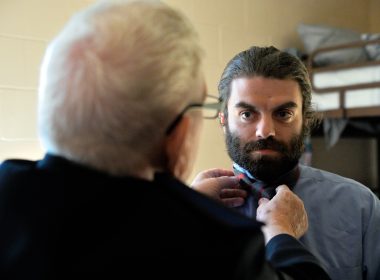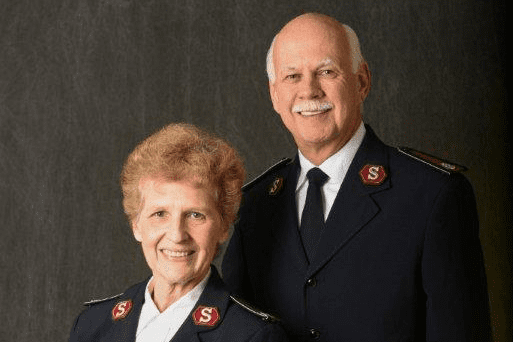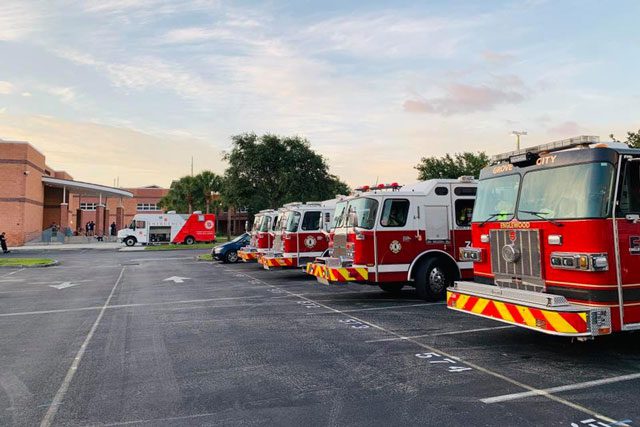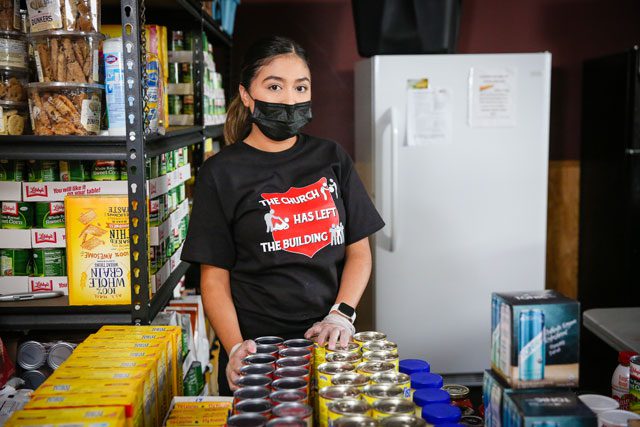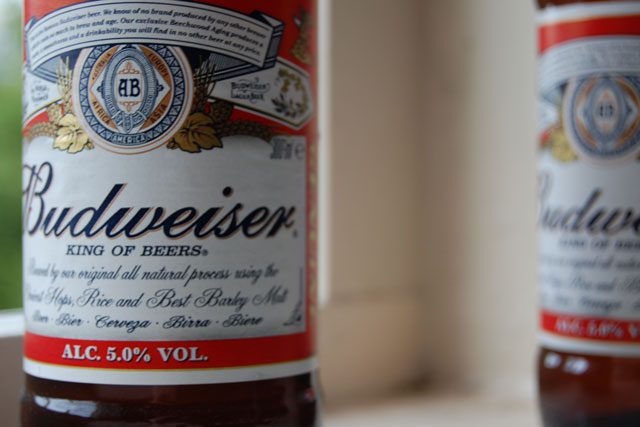Over 10 million LinkedIn users have raised their hands to serve on a nonprofit board or do skilled volunteer work.
On the cusp of launching The Salvation Army‘s Echelon chapter in Ventura, California, Chapter President Joey Zumaya is thinking big—well beyond the confines of his coastal community.
Specifically, he’s thinking of ways The Salvation Army can reach more of the people who want to partner with it, all across the country. And that, perhaps, for all of the strides The Salvation Army’s made in engaging professionals—especially younger ones—it could use a new way to generate some leads.
“One of the biggest challenges The Salvation Army’s faced with—and the reason Echelon exists—is how we build a pipeline of future board members for all of the 1,000-plus advisory boards that we have across the U.S., beyond the normal suspects of recruiting and nomination committees,” said Zumaya, who also recently accepted a role as chair of development for all Echelon chapters in the USA Western Territory. “That’s a big part of the National Advisory Board’s (NAB) strategic plan.”
He wouldn’t have to look too far for the answer. As the leader of LinkedIn’s public sector team in Carpinteria, California, Zumaya’s privy to many of the company’s resources.

Acquired by Microsoft for $26 billion in 2016, LinkedIn has steadily positioned itself as the de facto online professional network. Though once used as little more than a digital space to copy-paste a resume, the platform has diversified its offerings, emerging as a mainstay in business-to-business digital marketing and an essential toolset for for-profit companies—and yes—nonprofits too.
“LinkedIn for Good” offers nonprofits a bevy of job posting and social fundraising capabilities, but it’s the “Find skilled volunteers and board members” feature that Zumaya’s most excited about. Essentially, it allows nonprofits to find professionals in their communities who’ve indicated interest on their profiles in skilled volunteering or nonprofit board service. Across LinkedIn, that accounts for over 10 million professionals.
Users can filter their search criteria by location or company or they can search for the specific skill or experience they’re looking for.
“A light bulb came on for how The Salvation Army could leverage this,” Zumaya said. “It makes all of the sense in the world to map LinkedIn as a crucial part of the NAB strategic plan, which is to strengthen every advisory board and Echelon chapter…and it only makes sense to find the companies and the leaders of tomorrow and to try to get them to partner with The Salvation Army now.”
While Zumaya sees a lot of untapped potential with the LinkedIn portal, he acknowledged that the strength of the platform, in many ways, depends on the strength of the individual user’s network.
“The ultimate goal is to enable The Salvation Army across the U.S. to work this into their playbook, and if they find someone who aligns with what they’re looking for, there’s an added capability to send a message on LinkedIn saying, ‘hey click this link and see what [The Salvation Army’s] all about,’” he said. “If you can look up someone on Facebook, you can find a board member—that’s how intuitive it is.”
Since presenting this at the NAB meeting in January, Zumaya has begun working to get The Salvation Army up to speed with the platform—starting with the Southern California and Greater New York divisions. He’ll also be introducing the tools more broadly at the National Community Relations and Development and Emergency Disaster Services conference in May.
Though the initiative is in its early stages, Western Territorial Commander Commissioner Kenneth G. Hodder said that when he heard about it, he wished The Salvation Army had gotten involved with it “yesterday.”
“This is precisely the kind of technology that is going to allow us to bring in the people that would not otherwise be familiar with [The Salvation Army],” Hodder said. “Another reason I like this partnership is that it speaks to the notion of engagement—that we engage with Scripture, that we engage with one another and that we engage with the wider world.”
But to get the desired buy-in among officers, it’s critical for them to first understand why the platform could be useful to them. And as Major James Betts, General Secretary for the Greater New York Division, noted, using LinkedIn for missional purposes is not something that comes naturally to every officer. Though for him, there’s no way around it, especially in a big city.
“There’s no meeting that I go to in New York City, where the person I’m meeting with, if they’ve not previously met me, is not looking me up on LinkedIn,” Betts said. “It’s obvious when I come into the room just by the types of things they talk about that they’ve seen my LinkedIn.”
As far as the recruiting platform is concerned, he sees a multitude of uses for it.
“If we’re looking at seeking help with one of our thrift stores here, for instance, it would be fantastic if we had people with marketing skills, or we had people with retail skills, or we had people coming up in the fashion industry,” he said. “The thought of leveraging a relationship with LinkedIn to help others understand, learn about, and engage with the mission and the purpose of The Salvation Army seemed like a really exciting opportunity.”
Chaz Watson, Executive Director of Community Relations and Development for the Western Territory, thinks the technology is a natural fit, but cautioned that it does not come at the expense of existing board recruitment efforts.
“LinkedIn is a great fishing pool for potential up-and-coming leaders for us to connect with,” he said. “The concern would be to not let the technology replace the human engagement dynamic of developing a board or an Echelon [chapter], and vetting those who are the best fit.”







